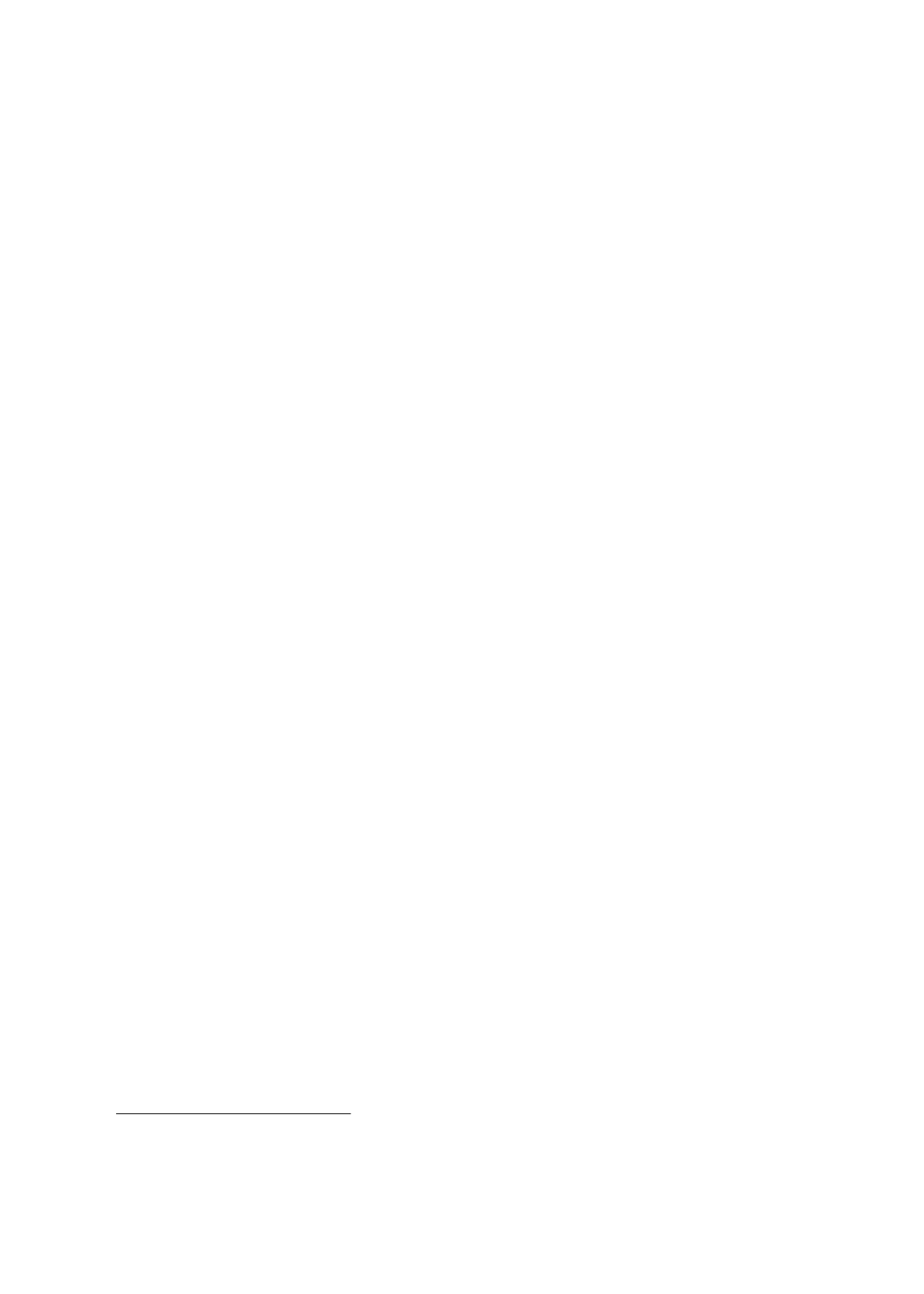

125
2017)35. Within the different models of non-state provision (which range from sole-proprietor
schools to chains and franchises to public-private partnerships in various guises and forms), the
emergence of what is known as the ‘low-fee private school’ has captured the attention of many
and has led to a vibrant (sometimes unfounded on evidence) debate both within the country and
beyond. Low-fee private schools encompass a broad spectrum of providers but typically tend to
be dependent on user fees to cover all or part of their operational and development costs (Ashley
et al., 2014). Since some state schools also charge fees therefore other defined criteria for a
private school is that private schools are managed/owned and/or funded largely independently
of the state.
However, challenges remain in piecing together a comprehensive picture of the true nature and
scale of ‘private’ provision in the country. A major caveat in our understanding of the low-fee
private sector is that despite knowing of its existence and the fact that it is increasingly catering
to a large share of children in Pakistan (and elsewhere in the world), the exact scale of low-fee
private schools is not reliably documented. There are no consistent accounts of what exactly a
‘low-fee private school’ is, for example at what fee threshold is a school deemed to be ‘low-fee’
and catering specifically to a certain group of individuals. Some schools are also associated with
religious organizations and offer a religious-based curriculum, whilst others are secular. Within
the private schooling secular sector, there are variations across fee levels. There is no fixed
definition of what counts as low fee or medium or elite private schools but literature in Pakistan
indicates a typical low fee private school in a rural village of Pakistan charges Rs.1000 ($10) per
year, which represents 4 percent of the GDP per capita for the country and a typical medium
private school charges Rs.5000 ($50) per year. There are further categorization on the basis of
school level, where middle and high school fee tends to be higher than that at the primary level.
The average expenditure of a Pakistani family on a single primary school student is PKR 370 per
month resulting in an average spending of PKR 4,423 per annum per child. (Alcott, B., & Rose,
P. (2015).)
Despite these difficulties, there is now a clear understanding that fee-charging private schools
(and especially low-fee schools) are catering to large populations of children in urban and rural
areas of the country (Andrabi et al. 2007, Aslam 2009). In particular, the Annual Status of
Education Report (ASER) data has documented high and increasing enrolments in ‘private’ and
‘non-state’ schools even in rural areas of the country. Overall, the share of private primary
education in Pakistan in 2015 was 39% (Carneiro, Das and Reis, 2016). The growth of private
schools, especially the LFPS, is arguably most visible in Punjab and Khyber-Pakhtunkhwa
provinces. For example, some argue that virtually all the gain in school participation in Punjab
over the 2004/05 and 2010/11 period especially at the primary level is attributable to private
schools (Aziz et al. 2014). Government statistics document particularly high private presence
from middle-schooling and beyond across Pakistan (Figure 3.3.1).
35
https://opendocs.ids.ac.uk/opendocs/bitstream/handle/123456789/13202/178%20non-state%20provision.pdf?sequence=1&isAllowed=y
















